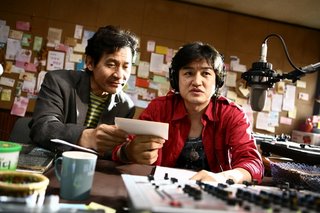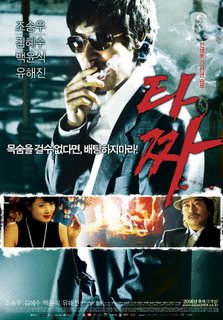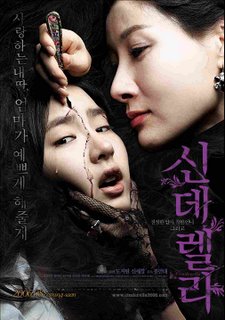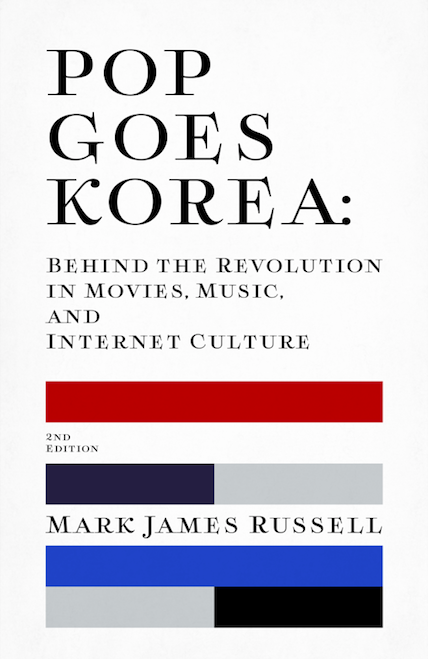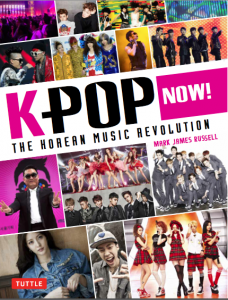There was a surprisingly good profile of the independent movie distributor Sponge House in today’s Korea Times (you can read it here). For people looking for alternatives to the same-old-same-old Hollywood and Korean mainstream, Sponge House is one of the few alternatives around.
But the money quote for me came about halfway through, when Sponge House president Cho Sung-kyu talked about the Korean Screen Quota. As most followers of Korean cinema know, Korea has long had a quota which requires every movie screen in the nation to show local films a minimum number of days per year. Until recently, that number was about 146 days a year, although by showing Korean films at certain peak times, you could get that number down to 106 days a year. But starting July, the quota has been halved to 73 days a year, although with the peak exemptions eliminated.
Although many support the Korean Screen Quota and measures like it in the name of “diversity,” in fact, the quota can actually impede diversity, as Cho notes in the story.
There is a strong debate in Korea about the diversity of Korean cinema and government regulations towards cinema. Cho says, “I disagree with government regulations. They can have good effects too, but they treat all cinemas the same, while there is a big difference between a Sponge House and other smaller film houses, and the big multiplexes. A measure like the screen quota should be flexible towards different kinds of cinemas,” he added. “If the screen quota hadn’t been reduced, we wouldn’t have opened the Sponge Houses. For Sponge Houses it would have been too difficult to show Korean films 146 days a year,” referring to the boom in popular mainstream films in Korea, and the much smaller number of selections from Korean independent cinema.
Cho is skeptical about the suggested “minimum quota,” a regulation that demands Korean independent/art films be shown for a minimum number of days. “Korean independent cinema and its audiences are small. The minimum quota won’t work. People won’t go to see the films.” However, he believes that the Korean independent cinema can grow from its current five percent to 10 percent of the market in the future.
As difficult as it can be for small distributors and films to compete with the mainstream, I really like reading about someone trying to do just that, with minimum government help/interference. Despite its best intentions, government is not the artist’s friend (and quite often the government has intentions that are far from the best). Finding economic solutions to artistic problems is by far the strongest and most sustainable way to preserve that art. Kudos to Cho for trying.
